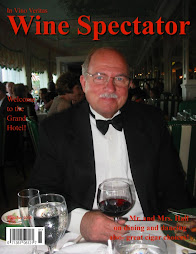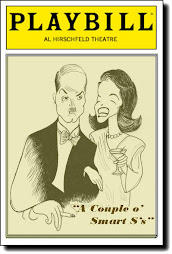 In 1962, in a quiet suburb outside of Chicago, well-known contemporary architect Victor Gruen, and three major department store chains forged not only an alliance, but the future face of shopping in the greater metropolitan area.
In 1962, in a quiet suburb outside of Chicago, well-known contemporary architect Victor Gruen, and three major department store chains forged not only an alliance, but the future face of shopping in the greater metropolitan area.
When Randhurst Center, as it was first known, sprung to life in Mount Prospect, IL, it was a breath of fresh air and a welcome boon to suburban consumers, who were no more likely to venture into the city to do their shopping than venture into the Serengeti to get their groceries.
 It was close at hand, had a youthful airy feel and while many of its original design features are staples in malls around America now, they were unheard of in the early 60s. For instance, at the time of its opening, it was the first enclosed regional mall in the Chicago area and the largest enclosed air-conditioned space in the United States. One component, however, was entirely evocotive of that era; because the mall was built at the height of the Cold War, it included a fallout shelter presumably big enough to hold the citizenry of Mount Prospect
It was close at hand, had a youthful airy feel and while many of its original design features are staples in malls around America now, they were unheard of in the early 60s. For instance, at the time of its opening, it was the first enclosed regional mall in the Chicago area and the largest enclosed air-conditioned space in the United States. One component, however, was entirely evocotive of that era; because the mall was built at the height of the Cold War, it included a fallout shelter presumably big enough to hold the citizenry of Mount Prospect .
.
 Less than a decade after it was built, its supremacy was challenged by its much larger cousin, Woodfield Mall, only fifteen miles away. Randhurst held its own for a while, despite competing against a rapidly expanding suburban landscape, but by the 1980s, it was struggling. The mall underwent a major facelift, including a newer food court in the center, but the writing was on the wall. Another attempt at restructuring was made in the 1990s, effectively obliterating what was left of Gruen’s original design. In December of 2008, Randhurst Mall closed its doors forever.
Less than a decade after it was built, its supremacy was challenged by its much larger cousin, Woodfield Mall, only fifteen miles away. Randhurst held its own for a while, despite competing against a rapidly expanding suburban landscape, but by the 1980s, it was struggling. The mall underwent a major facelift, including a newer food court in the center, but the writing was on the wall. Another attempt at restructuring was made in the 1990s, effectively obliterating what was left of Gruen’s original design. In December of 2008, Randhurst Mall closed its doors forever.
There are plans to make a “new” Randhurst village, an outdoor community in its place. Oddly enough, while they may be “new” to that particular piece of real estate,  the proposed concepts for the village appear to be
the proposed concepts for the village appear to be  no where near as fresh and as innovative as the groundbreaking designs once executed by Victor Gruen and his associates, over 46 years ago.
no where near as fresh and as innovative as the groundbreaking designs once executed by Victor Gruen and his associates, over 46 years ago.






































